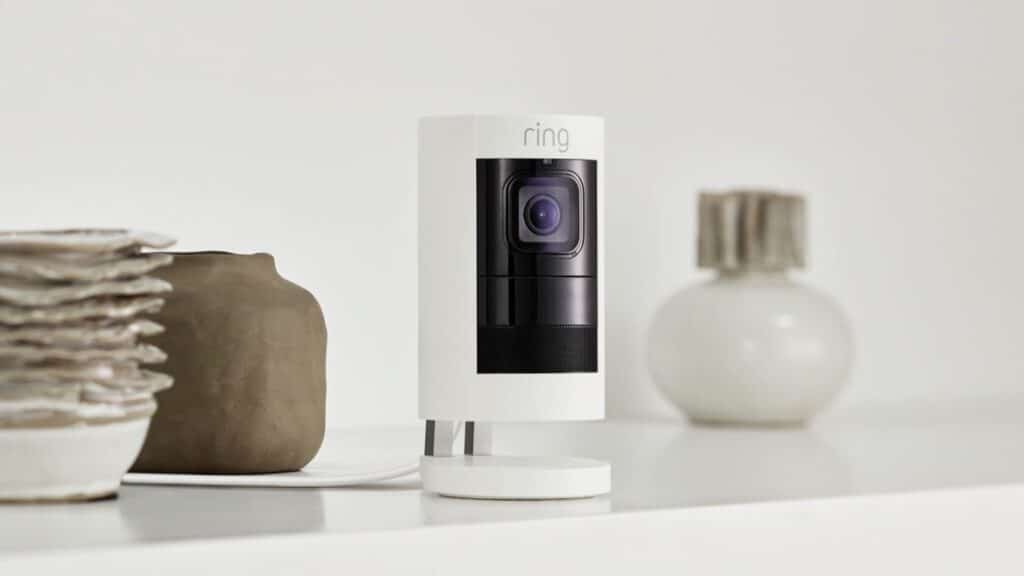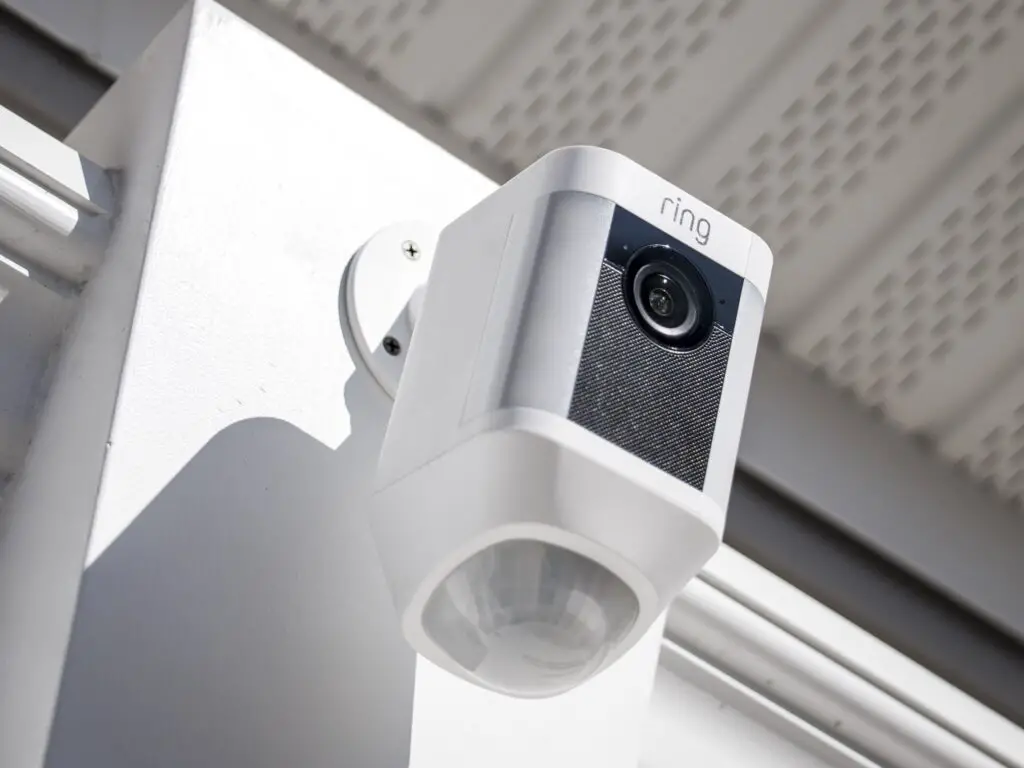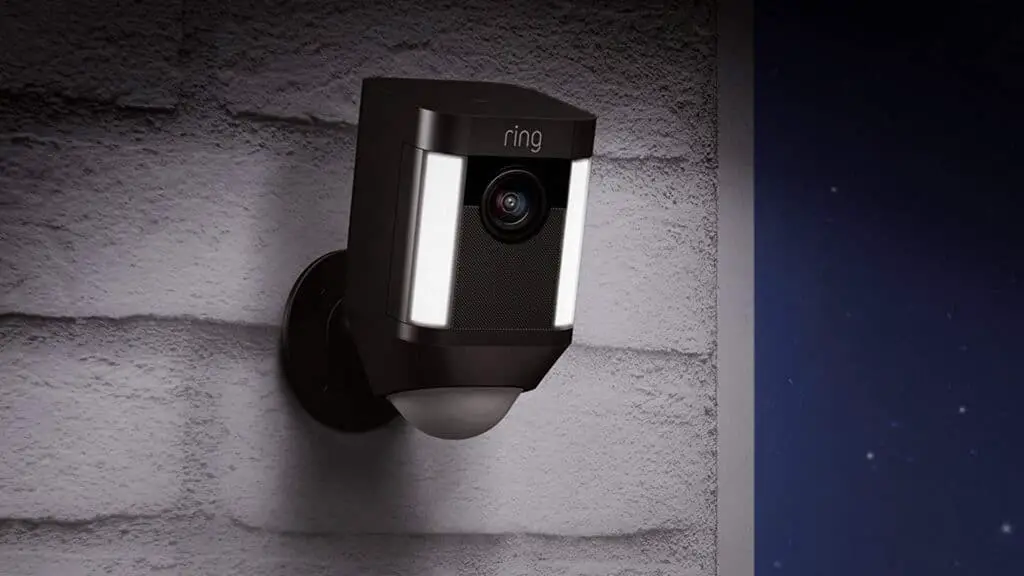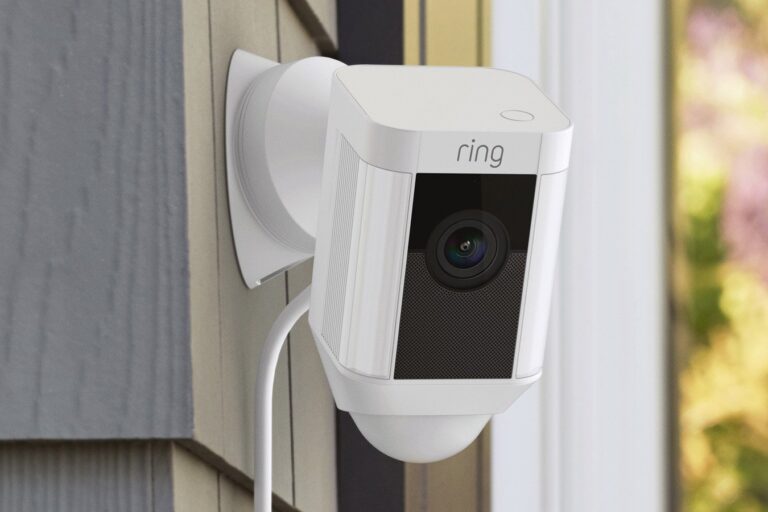Introduction
The rapid advancement of surveillance technology has transformed the way we monitor and protect our surroundings. Among the many innovations, Ring cameras have emerged as popular choices for home security, offering homeowners a sense of safety and control. Ring cameras, manufactured by Amazon-owned Ring, are smart doorbell cameras and security devices equipped with motion sensors and video recording capabilities. These devices allow users to view live footage and receive real-time notifications when activity is detected at their doorstep.
They are convenient and secure, but privacy and surveillance issues have developed. Ring camera users and critics sometimes ask if they constantly record. The answer has major privacy and data protection consequences. We will also discuss Ring’s data protection methods and how consumers can improve their privacy while using these monitoring devices.
This study reveals Ring cameras’ recording capabilities and privacy concerns to help users and governments understand the ramifications of using such devices in our increasingly linked society. As monitoring technology evolves, security and privacy must be balanced.

Do Ring cameras continuously record?
Ring Cameras and Doorbells do not support continuous or 24/7 recording. Your Camera will record when motion is detected, or when the Live View is activated. Subscribing to the Ring Protect plan unlocks access to video recording, as without a plan you can only access the Live View.
In conventional terms, Ring cameras do not continuously record. Motion-activated recording saves space and boosts efficiency with these smart doorbell cameras and security devices.
Ring cameras in “Standby” mode do not record. Instead, it waits for a trigger in a low-power mode. Motion triggers the camera’s video recording. The user can set the recording length from a few seconds to a few minutes.
The Ring camera uploads video to the cloud after recording. The Ring app for cellphones and other linked devices lets users access these recordings. Some Ring cameras can store videos on a microSD card or Ring device.
How long do Ring cameras keep footage?
By upgrading to a Ring Protect subscription, you can control how long Ring doorbell recordings are stored in the cloud which varies from less than a week to 180 days and download video footage to keep a historical record indefinitely.
The duration for which Ring cameras keep footage varies depending on the user’s subscription plan and the specific Ring camera model being used. Ring offers different storage options, and the retention period can range from a few days to several months. Here’s an overview of the storage options typically available for Ring cameras:
Ring Basic Plan
By default, Ring cameras provide users with access to motion-activated recordings for the past 60 days. This means that video clips triggered by detected motion will be stored in the cloud for up to two months, allowing users to review and download footage during that period.
Ring Protect Plans
To extend the storage duration, users can subscribe to Ring’s paid plans, known as Ring Protect Plans. There are two main tiers: Ring Protect Basic and Ring Protect Plus.
Ring Protect Basi
With this plan, users enjoy a 30-day video history, which extends the storage of motion-activated recordings to 30 days beyond the default 60-day period.
Ring Protect Plus: This plan includes all the features of Ring Protect Basic and adds additional benefits like professional monitoring for Ring Alarm, extended warranties, and a 10% discount on future purchases. The video history is also extended to 60 days.
Local Storage Options
Some Ring camera models allow users to store video footage locally on a Ring device, such as the Ring Video Doorbell Pro with a microSD card slot. With this option, users can manage their own storage capacity and retain footage for as long as the storage capacity allows.
Are Ring cameras always listening?
No, Ring Doorbells are not always filming.
It is recommended you subscribe to the Ring Protect Plan to have your home monitored on a 24/7 basis. It Ring Doorbells do not record 24/7 to prevent the system from storing irrelevant recordings to avoid overloading the storage.
Ring cameras are not meant to continuously record audio .It Ring cameras can capture audio, although they often disable it and require human activation.
Ring cameras record video when someone enters the camera’s area of vision or approaches the door. Users can review motion-activated recordings on the Ring app after they are stored in the cloud.
Ring cameras contain built-in microphones for two-way audio. When motion is detected, Ring app users can have live conversations with visitors or delivery people. In live view, the user activates the microphone to start talking.

Do Ring cameras record while offline?
Ring cameras are designed to work with a stable internet connection, and they require Wi-Fi to function properly. However, Ring cameras do have offline recording capabilities, which means that they can still record footage even when they are not connected to the internet.
Ring cameras are cloud-based and require an internet connection to function and save recordings. Streaming video and storing it on the cloud may be impossible for a Ring camera offline.
Ring cameras can be used as doorbell cameras with live viewing via Wi-Fi to a smartphone or other compatible device without an internet connection. This offline mode prevents the camera from sending motion-triggered video clips to the cloud or alerting the user of events.
Ring cameras record and store video footage on the cloud, allowing customers to watch incidents remotely from the Ring app. After the camera goes offline, any video recordings that were transferred to the cloud will not be accessible remotely until the internet is restored.
Can Ring record conversations?
Most video doorbells don’t record audio continually. If you leave the Ring on the default setting, it starts recording audio and video simultaneously whenever its built-in motion detector is activated, and then continues for up to 2 minutes or until motion is no longer detected.
Audio conversations are not recorded by default on Ring cameras. Ring cameras include built-in microphones, however recording is deactivated by default. To use two-way audio, users must enable it.
Ring cameras record motion-triggered video and save it in the cloud. Unless the two-way audio option is enabled during a live watch session, video recordings only capture pictures.
The Ring app allows two-way audio conversation with visitors or others in the camera’s range of view during a live view. Only during these live watch sessions does the microphone record audio.
Do Ring cameras record at night?
In the Ring app, you have the option to turn Color Night Vision on or off for select Ring Doorbells and Cameras. Color Night Vision adds color to video in low light for improved clarity and motion detection. With the feature turned off, your Ring device will show video captured at night in black and white.
Ring cameras can record nighttime and low-light video. Infrared (IR) LEDs or other night vision technology allow these cameras to record clear footage in the dark.
Ring cameras record full-color video during the day, capturing rich colors and details. When nighttime light decreases, cameras automatically switch to night vision. In night vision mode, the IR LEDs illuminate the camera’s field of view with infrared light, which the sensor detects. This lets the camera see in the dark and record black-and-white.
Night vision capabilities of Ring cameras vary per model. Basic night vision with a limited range is available, while more advanced night vision provides sharper and more detailed footage in complete darkness. Additionally, Ring cameras with customizable settings provide night vision mode control. Users can manually disable night vision or enable it to automatically transition between day and night vision based on ambient light.
How do I stop my Ring camera from recording?
Using the Motion Detection Control to Disable Recording
- Open your Ring app.
- Tap the three lines on top left corner of your dashboard.
- Tap Devices.
- Tap the device you want to adjust.
- On the device dashboard, toggle the Motion Detection slider to off.
- Tap on Stop Recording.
To stop your Ring camera from recording, you can follow these steps:
Open the Ring App: Start by opening the Ring app on your smartphone or other compatible device.
Select the Camera: Tap on the camera whose recording you want to stop. The app will display the live view from that camera.
Access Camera Settings: Look for the settings icon (usually represented by a gear or three vertical dots) within the live view or camera dashboard. Tap on it to access the camera settings.
Disable Motion Recording: Within the camera settings, you should find an option related to motion recording. Look for something like “Motion Settings” or “Motion Recording.” Disable this feature to prevent the camera from recording video when motion is detected.
Disable Audio Recording (if desired): If you also want to disable audio recording, look for an option related to audio or microphone settings. Turn off the microphone or audio recording feature to prevent the camera from capturing audio during live view sessions.
Save Changes: After making the desired changes to motion and audio recording settings, remember to save the changes by tapping the “Save” or “Apply” button within the app.
Keep in mind that stopping the camera from recording motion or audio events will prevent the camera from capturing video clips when motion is detected or when you engage in two-way audio communication. However, the camera will still function as a live view camera, allowing you to see the real-time video feed.
Does Ring not record everything?
Not all doorbell cameras record all the time, some only start to record when they detect any kind of motion, while some only detect the motion of a person or animals, and others also record motions like cars. Your camera will only record 24/7 if you have subscribed to the Ring Protect Plan.
Recording everything is not default for Ring cameras. Instead, a motion-activated recording system records video when motion is detected in their range of view. This approach optimizes storage space, conserves energy, and gives viewers relevant video clips of important occurrences rather than continuous recordings of banal occasions.
Ring cameras in “Standby” mode do not record video or audio. Instead, it waits for motion to record in a low-power condition. The camera starts recording a video clip when motion is detected, usually a few seconds to a few minutes depending on user settings. The Ring app lets users view the recorded clip on the cloud.
Motion-activated recording keeps the camera focused on important events like package delivery, doorbells, and security threats. It keeps the camera from recording hours of unimportant film, maximizing storage space and making vital stuff easier to find.

Conclusion
The question of whether Ring cameras are always recording reveals a complex landscape of privacy concerns and technological intricacies. While Ring cameras are not constantly recording in the traditional sense, they do have the capacity to capture and store video data in various circumstances. Ring cameras employ motion sensors to trigger recordings when activity is detected, which means that they do not continuously record every moment.
This design minimizes unnecessary data storage and provides users with valuable footage of potential security threats or visitors. However, the motion-activated recording feature raises concerns about inadvertent or unwarranted surveillance, as the cameras may capture activities beyond the intended scope of security. Additionally, concerns have been raised about the potential access to these recordings by third parties or law enforcement agencies, raising questions about user data privacy and the protection of personal information.
Strong passwords, two-factor authentication, and camera settings reviews can protect data. Policymakers and companies must prioritize data openness and accountability as surveillance technology grows. To avoid compromising personal freedoms, smart home gadgets like Ring cameras must balance security and privacy.

